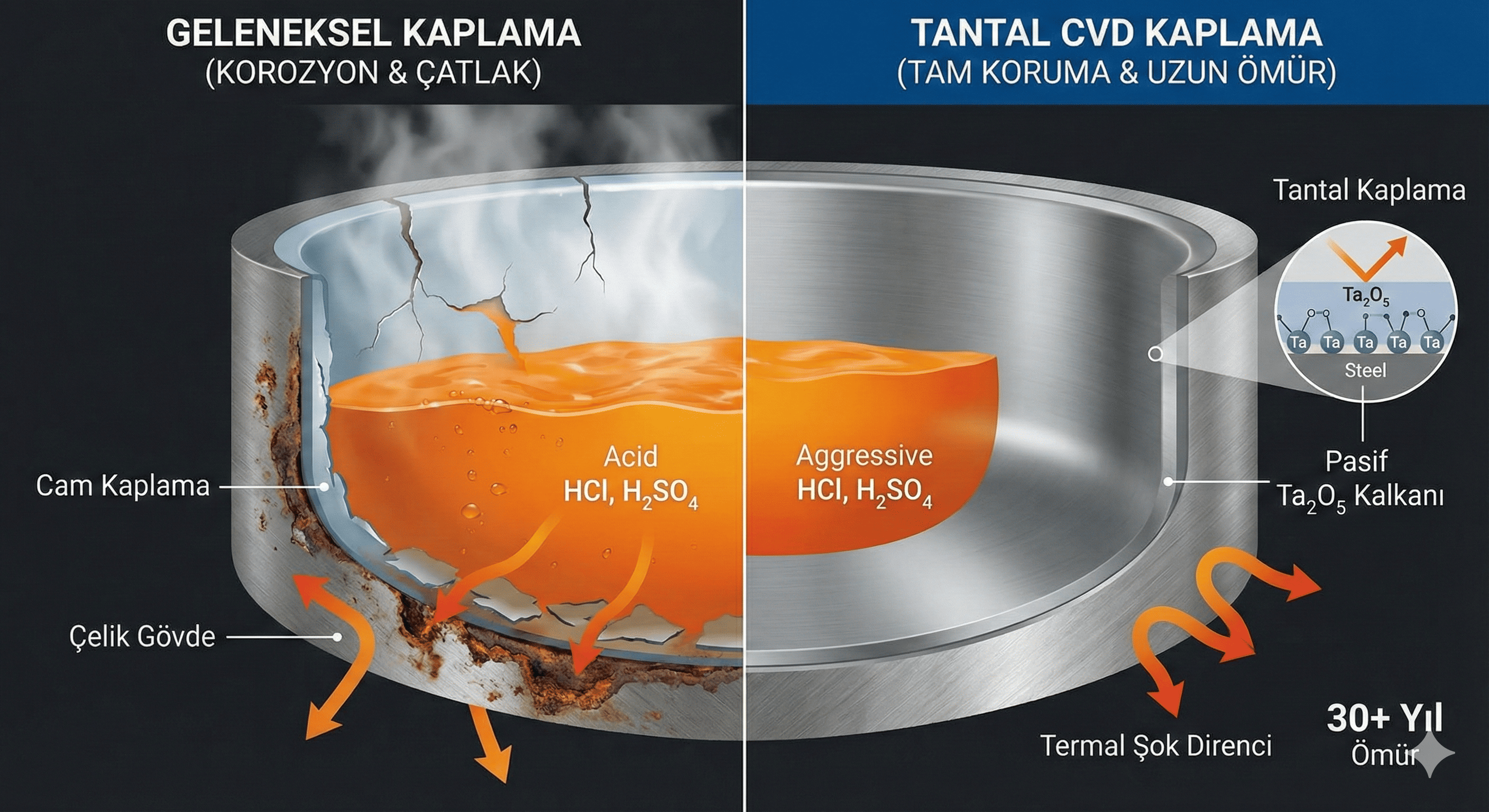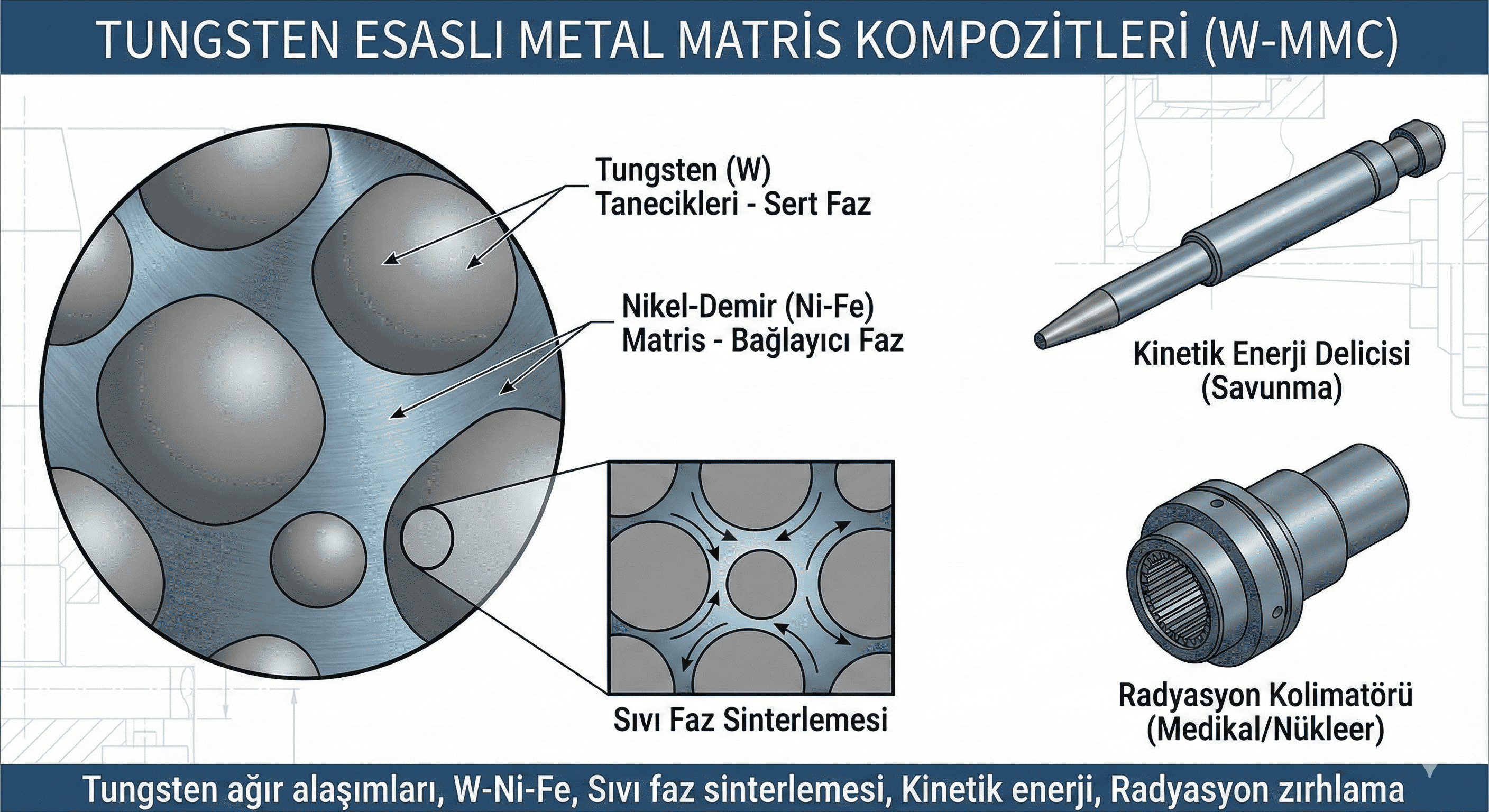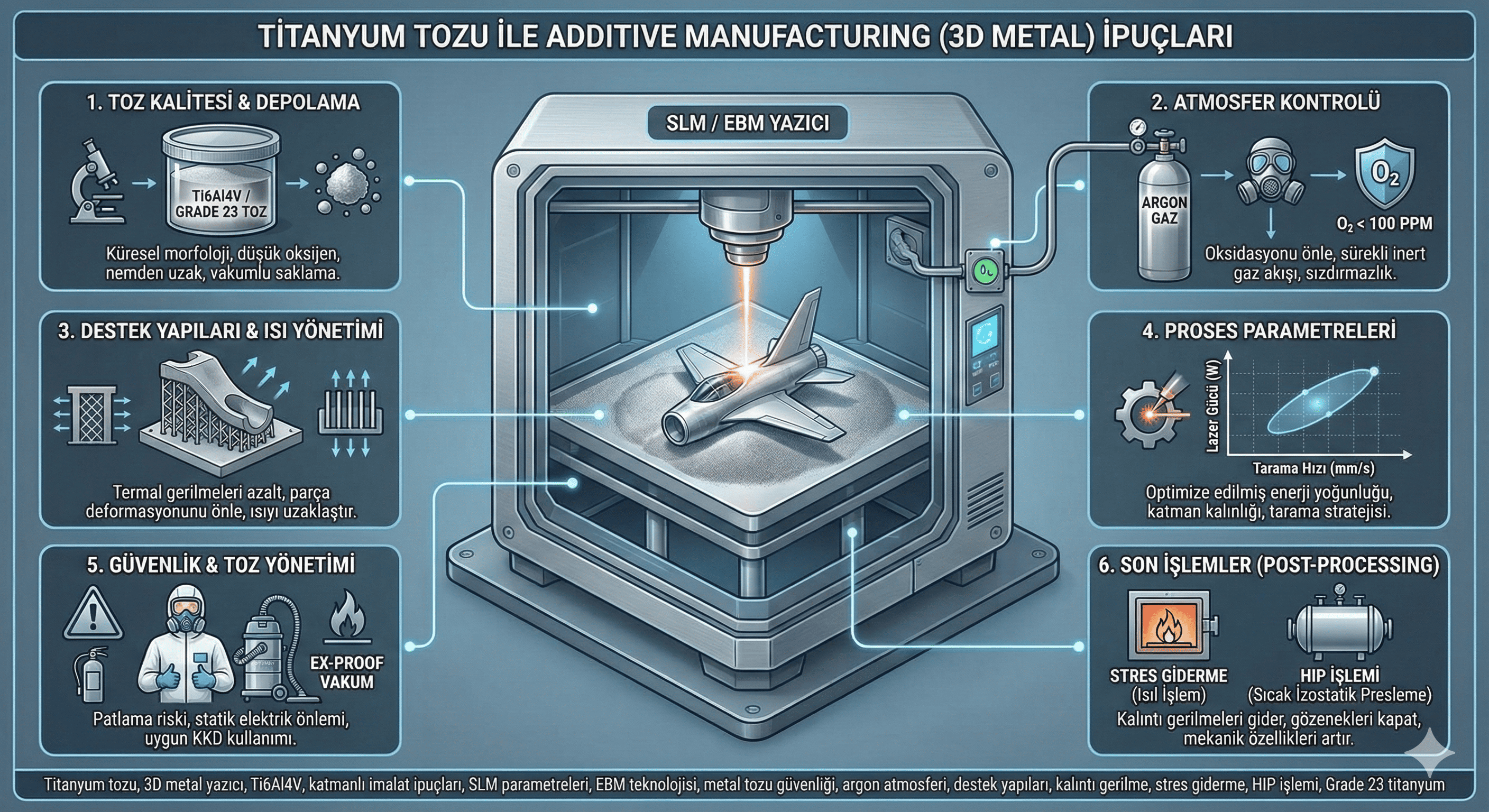Iron nanoparticles have garnered significant attention due to their unique magnetic, catalytic, and electronic properties. This article provides a detailed review of the synthesis methods, physical and chemical properties, and various applications of iron nanoparticles. Additionally, it addresses the challenges associated with their use and suggests directions for future research.
1. Introduction
1.1. Overview of Iron Nanoparticles
- Definition and general characteristics of iron nanoparticles.
- The importance of iron as a fundamental material in nanotechnology.
1.2. Significance in Nanotechnology
- Unique properties of iron nanoparticles compared to bulk iron.
- Overview of their potential applications in different fields.
1.3. Objectives of the Article
- To explore the synthesis methods, properties, and applications of iron nanoparticles.
- To discuss challenges and propose future research directions.
2. Synthesis of Iron Nanoparticles
2.1. Chemical Reduction Methods
- Description of the chemical reduction process using iron salts and reducing agents.
- Key parameters: concentration, temperature, and pH.
2.2. Sol-Gel Method
- Overview of the sol-gel process for synthesizing iron nanoparticles.
- Steps involved: sol preparation, gelation, drying, and calcination.
2.3. Hydrothermal and Solvothermal Methods
- Explanation of hydrothermal and solvothermal techniques.
- Influence of temperature and pressure on nanoparticle size and morphology.
2.4. Physical Methods
- Techniques such as laser ablation, ball milling, and thermal decomposition.
- Comparison with chemical methods regarding control over size and shape.
2.5. Biological Synthesis
- Use of microorganisms or plant extracts to synthesize iron nanoparticles.
- Benefits and challenges of green synthesis methods.
3. Properties of Iron Nanoparticles
3.1. Structural Properties
- Crystallinity, size, and morphology of iron nanoparticles.
- Characterization techniques: X-ray diffraction (XRD), scanning electron microscopy (SEM), and transmission electron microscopy (TEM).
3.2. Magnetic Properties
- Magnetic behavior, including superparamagnetism and magnetic hysteresis.
- Applications in magnetic storage, MRI contrast agents, and targeted drug delivery.
3.3. Catalytic Properties
- Catalytic activity of iron nanoparticles in various chemical reactions.
- Use in environmental applications such as pollutant degradation and hydrogenation.
3.4. Optical Properties
- Absorption and scattering characteristics.
- Potential applications in optical sensing and imaging.
4. Applications of Iron Nanoparticles
4.1. Medical Applications
- Use in magnetic resonance imaging (MRI) as contrast agents.
- Applications in targeted drug delivery and hyperthermia treatment.
4.2. Environmental Applications
- Role in water treatment and remediation of contaminants.
- Use in environmental sensors for detecting pollutants.
4.3. Catalysis
- Application in chemical synthesis and industrial processes.
- Role in heterogeneous catalysis and fuel cells.
4.4. Electronics and Energy Storage
- Use in electronic devices and batteries.
- Role in energy storage systems such as supercapacitors.
5. Challenges and Limitations
5.1. Stability and Reactivity
- Issues related to the oxidation and stability of iron nanoparticles.
- Methods for surface passivation and stabilization.
5.2. Scalability and Cost
- Challenges in scaling up synthesis methods for industrial applications.
- Economic considerations and cost-effective production techniques.
5.3. Environmental and Safety Concerns
- Potential environmental impact and toxicity of iron nanoparticles.
- Safety protocols for handling and disposal.
5.4. Regulatory Issues
- Compliance with regulations and standards for nanoparticle use.
- Guidelines for safe and responsible use.
6. Future Directions
6.1. Advancements in Synthesis Techniques
- Innovations to improve control over size, shape, and properties.
- Exploration of new synthesis methods and materials.
6.2. New Applications
- Emerging applications in fields such as nanomedicine, energy, and environmental science.
- Potential for interdisciplinary research and development.
6.3. Interdisciplinary Research
- Importance of collaboration between chemists, materials scientists, and engineers.
- Examples of successful interdisciplinary projects and research.
7. Conclusion
7.1. Summary of Key Findings
- Recap of synthesis methods, properties, and applications of iron nanoparticles.
7.2. Impact on Technology and Science
- Overall significance of iron nanoparticles in advancing various fields.
7.3. Final Thoughts
- Reflection on the future potential and ongoing research in iron nanoparticles.
8. References
- Comprehensive list of scientific papers, reviews, and sources cited in the article.
This outline covers the essential aspects of iron nanoparticles. If you have specific data or additional details you’d like to include, please let me know, and I can help expand or tailor the article accordingly!





